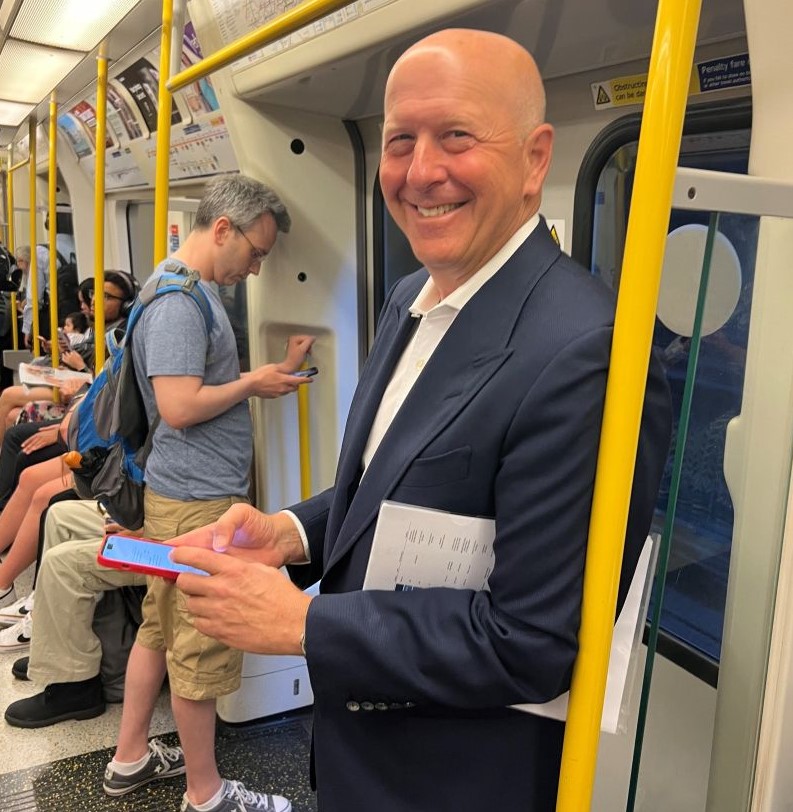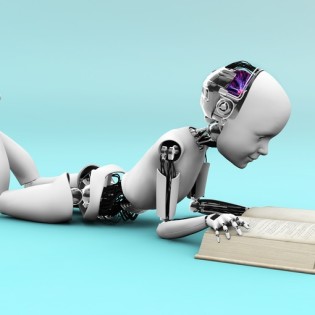Are selfies on LinkedIn OK now?

But it's a business network, sigh unphotogenic detractors
Is it showing off, self-promotion or gaming the algorithm? Or merely trying to humanise serious things? Selfies are suddenly prevalent on LinkedIn. But do they always go down well?
LinkedIn engagement guru Richard van der Blom certainly thinks so. He has recently pronounced that selfies on LinkedIn are “hot”.
So what counts as a selfie on LinkedIn? We think it’s a flattering, posed picture of the poster – and not much more. It’s just there; it doesn’t show the person going about their business, at an event, doing a podcast or the like. It’s as if the person has thought: “Now what would best illustrate my thoughts on lead generation in 2023? Oh, I know… a picture of ME.”
In the past, the unwritten rule on LinkedIn was that we stayed businesslike. We don’t pose in our best party outfit looking rather fine outside a café in Florence.
So why are selfies now acceptable? It’s partially to do with a flattening of content across social platforms. Business has permeated TikTok and Instagram, while friendly social interaction and leisure have arrived on LinkedIn.
Younger generations have brought new attitudes and greater informality. As blazers are swapped for quarter zip jumpers in the office, your boss’s reflections on Q1 are being replaced with Lycra-clad photos from his weekend. Or in the case of Goldman Sachs CEO David Solomon, taking the London Tube to meetings (below).
For a platform that is all about staying in the minds of potential clients, buyers, or employers, it makes sense to keep giving people a visual reminder that you are real. People buy from people. We respond to human faces and eye contact, so in that sense the LinkedIn selfie is a true scroll-stopper.
From LinkedIn’s point of view it makes complete sense to reward people for posting selfies and other, more personal content – because it’s far more engaging and pleasant to use. It means more time spent on the site.
You can see why a selfie would catch someone’s attention. They’re authentic. They are not AI. People are not going to choose unflattering photos of themselves, but conversely (most) are not going to hire a cameraman, makeup artist and Photoshop pro. On a site where most things are as polished as possible, you dwell on the imperfect.
Does it work every time? Of course not. And there are limits to how personal you can be. After letting some employees go, Braden Wallake, below, posted a crying selfie. The post certainly got engagement and was covered in the press. Little of it was positive.
People want personality from your LinkedIn posts. They want a glimpse of your real feelings and opinions. But they are there for their work – if every post was a selfie, why would they use LinkedIn over Facebook?
Our view: save the selfies for your genuine milestones and special moments.







